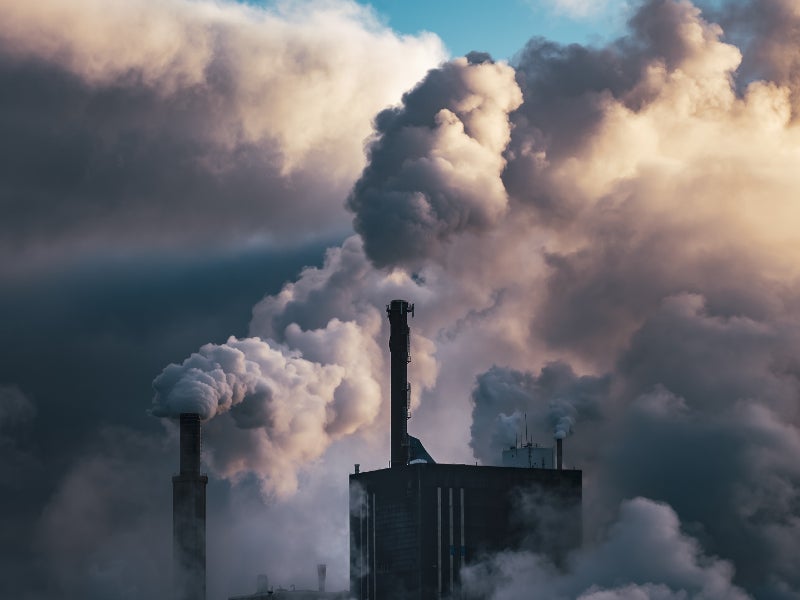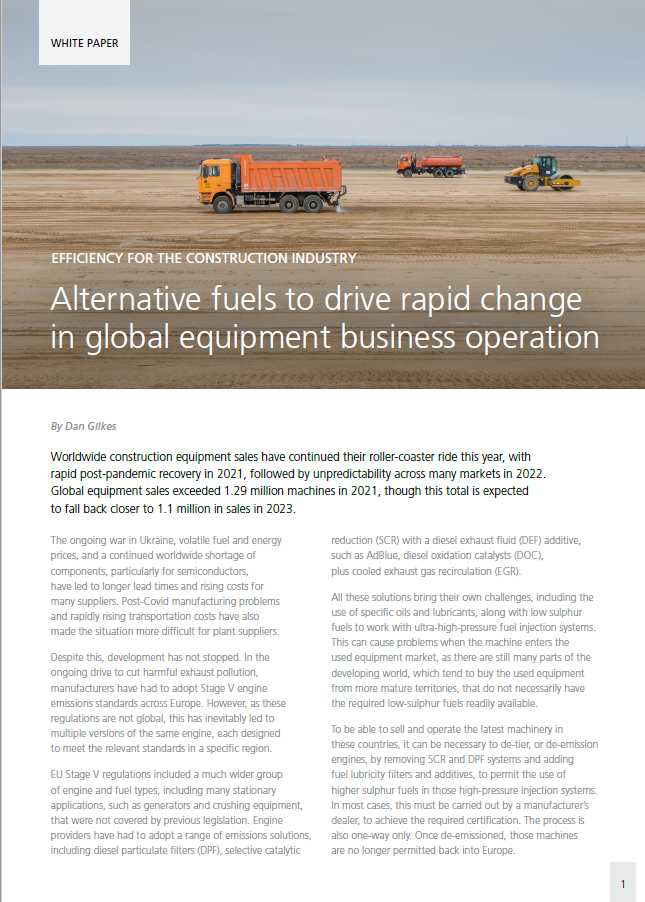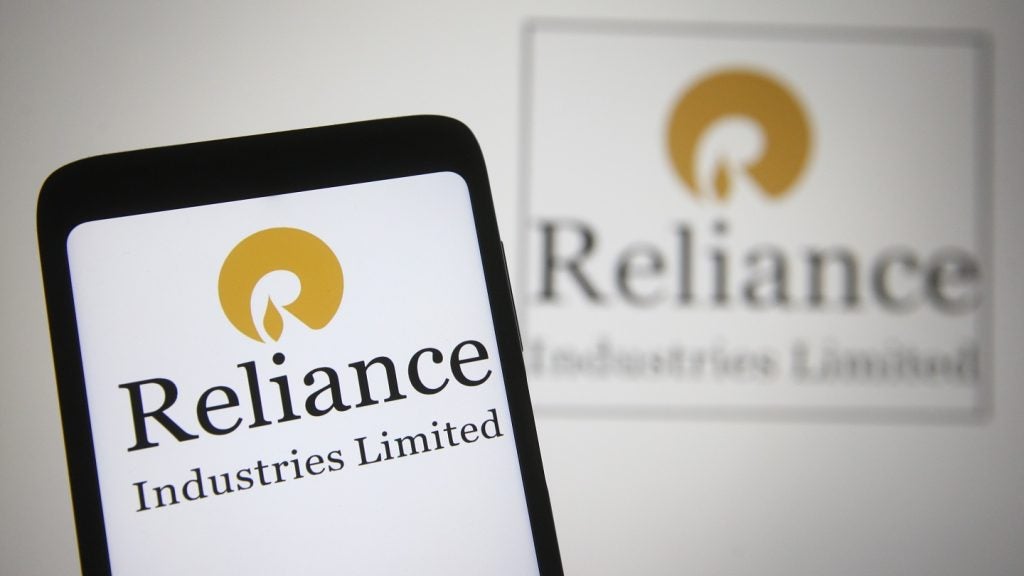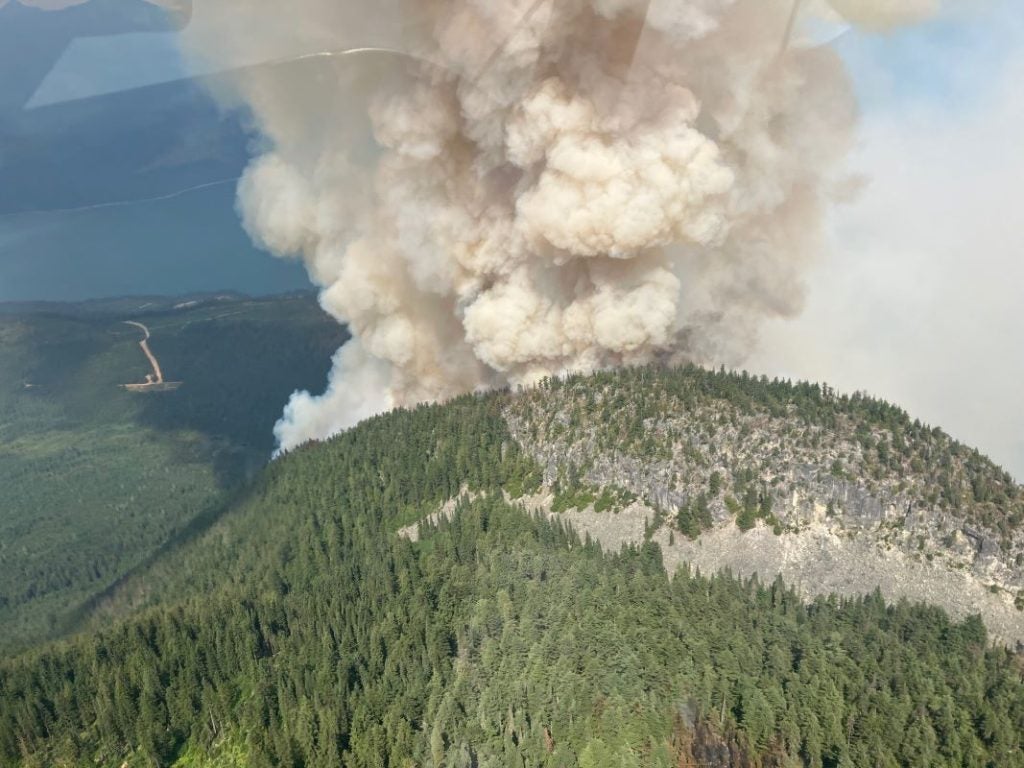
After carbon dioxide, global methane emissions are the second-largest contributor to global warming. Despite having a brief atmospheric lifetime of only 12 years on average, the gas has a much higher warming potential during that time.
Methane concentrations in the atmosphere contribute around two and a half times higher than pre-industrial levels and constantly increasing. The rise in methane emissions has severe implications for climate change.
How well do you really know your competitors?
Access the most comprehensive Company Profiles on the market, powered by GlobalData. Save hours of research. Gain competitive edge.

Thank you!
Your download email will arrive shortly
Not ready to buy yet? Download a free sample
We are confident about the unique quality of our Company Profiles. However, we want you to make the most beneficial decision for your business, so we offer a free sample that you can download by submitting the below form
By GlobalDataEstimates of methane emissions are susceptible to significant uncertainty, according to the International Energy Agency (IEA). However, the most current, complete estimate implies that annual worldwide methane emissions are roughly 570 million tonnes (Mt). This comprises 40% of total emissions from natural sources, and anthropogenic emissions comprise the remaining 60%.
Global methane emissions
According to a recent estimate from the Global Energy Monitor (GEM), a nonprofit research organisation, just 30 fossil fuel companies amount to almost half (43%) of the industry’s global methane emissions. The IEA estimates that by 2022, methane emissions from human activity will amount to 126 million metric tonnes, with 35% of those emissions coming from the fossil fuel industry, such as coal, oil and gas productions in the past year.
According to their study, 19 oil and gas corporations and 11 coal businesses were responsible for 54Mt of those methane emissions.
Since signing up for the ‘Global Methane Pledge’ at the 2021 UN Climate Summit in Glasgow, Reuters reported that only 15 countries had announced explicit targets or detailed national programmes for reducing methane emissions. These countries would be among the 40 scheduled to provide details during the meeting.
Since methane is over 80 times more potent than carbon dioxide in the short term, scientists say making significant reductions in methane emissions from everything from farming and waste management to oil and gas extraction will be essential to combating climate change.
Agriculture is the primary source of anthropogenic methane emissions, accounting for around a quarter of overall emissions, followed by the energy sector, including coal, oil, natural gas, and biofuels.
GEM identified the world's national oil and gas firms that emit the most methane. It is estimated that the top ten national oil and gas corporations emit 25Mt of methane annually. The IEA expected worldwide oil and gas methane emissions in 2021 to be 79Mt, making these ten producers accountable for one-third of global oil and gas methane emissions.
“Insufficient” promises made at COP27
The next round of UN climate talks, COP28, which will start in late November of next year, will be presided over by the United Arab Emirates, one of the largest oil exporters in the world.
According to the Guardian, decisions made at the COP27 climate meeting in Egypt bore a strong impression of fossil fuel influence. It said that Saudi Arabia, an ally of Egypt outside the talks, was instrumental in securing a solid commitment to restrict temperature rises to 1.5°C above pre-industrial levels.
The UAE is one of the few nations to have filed new nationally determined contributions with a more substantial emissions reduction target ahead of COP27. But on the other hand, the UAE is planning a sharp rise in fossil fuel output and consumption, which is incompatible with maintaining warming to 1.5°C.
According to the Climate Action Tracker (CAT), an independent organisation that quantifies and evaluates climate change mitigation targets rated the UAE's climate targets and policies as "highly insufficient".
According to the "insufficient" rating, the UAE Government must significantly improve their policies and actions to align with the 1.5°C temperature target. If all countries followed the UAE's lead, global warming would exceed 2°C and perhaps reach 3°C.
Emissions from oil and gas companies
Because of the continuous development of fossil fuel use, current policies are still on track to increase rather than decrease emissions in 2030. The UAE is also developing nuclear and solar power. While is on course to fulfil its 50% "clean" energy capacity objective by 2050; , these advancements will not be enough to halt the growth in emissions.
Ben Cahill, a senior fellow at the centre for strategic and international studies, said: "Saudi Arabia and the other OPEC+ states argue that Western policymakers have overestimated the pace of the energy transition. They see themselves as voices of realism. Of course, these views align with their long-term interests and role as energy providers."
Abu Dhabi National Oil (ADNOC), UAE’s state-owned oil company, emits 1.1Mt of methane annually. The Guardian reported that at least 636 fossil fuel lobbyists attended the COP27 talks in Egypt, where 70 UAW oil and gas companies were linked, highlighting growing public opposition to ongoing commitments to fossil fuel investment.
Reuters reported that the increase in methane concentrations last year, according to the World Meteorological Organization, was the biggest since records first began in 1983 and followed another record-breaking year in 2020. The oil output and consumption in the Middle East contributed to 68.2% of the region’s total methane emissions from 2018-2021.
CAT reported that the UAE remains one of the world's top oil producers. The production has dropped by 7% during 2019, from roughly 4.1 to 3.8 million barrels per day in 2020, and will not return to pre-pandemic levels in 2021.
Oil and gas production versus green investments
Offshore oil and gas exploration and production are also being developed in the UAE, a move to ensure the UAE’s gas self-sufficiency, but another move that is incompatible with its green energy investments.
The first offshore deposits were found in February 2022, with a potential gas reserve of between 43 and 57 billion cubic metres. And ADNOC Drilling received nearly $6bn worth of contracts in 2022 to "maximise value from Abu Dhabi's offshore oil and gas resources".
The IEA research reveals a solid opportunity to lower them cost-effectively. Methane, the primary component of natural gas, has a market value, and, unlike carbon dioxide, extra methane captured may be directly monetised. This indicates that reducing emissions could result in financial benefits or be done at a cheap cost.
The IEA projections also indicate that oil, particularly natural gas, will play critical roles in the energy system for decades, even under stringent decarbonisation scenarios like the IEA's ‘Sustainable Development Scenario’.
According to Nature, the UAE and Saudi Arabia were indeed backing their goals with significant investments, including constructing or expanding carbon-neutral cities. By 2050, the UAE Government plans to invest about $163bn in clean and renewable energy. According to the Saudi Government, investment in its Saudi Green Initiative will total $186bn.
However, the overall investment in renewables in the Middle East has increased sevenfold in a decade, from $960 million in 2011 to $6.9 billion in 2021, according to Bloomberg New Energy Finance. The UAE has invested around $9bn in technology since 2017, and Saudi Arabia alone invested about $1.5bn in solar energy last year, but it remains to be seen if these commitments will be enough to minimise environmental damage.








